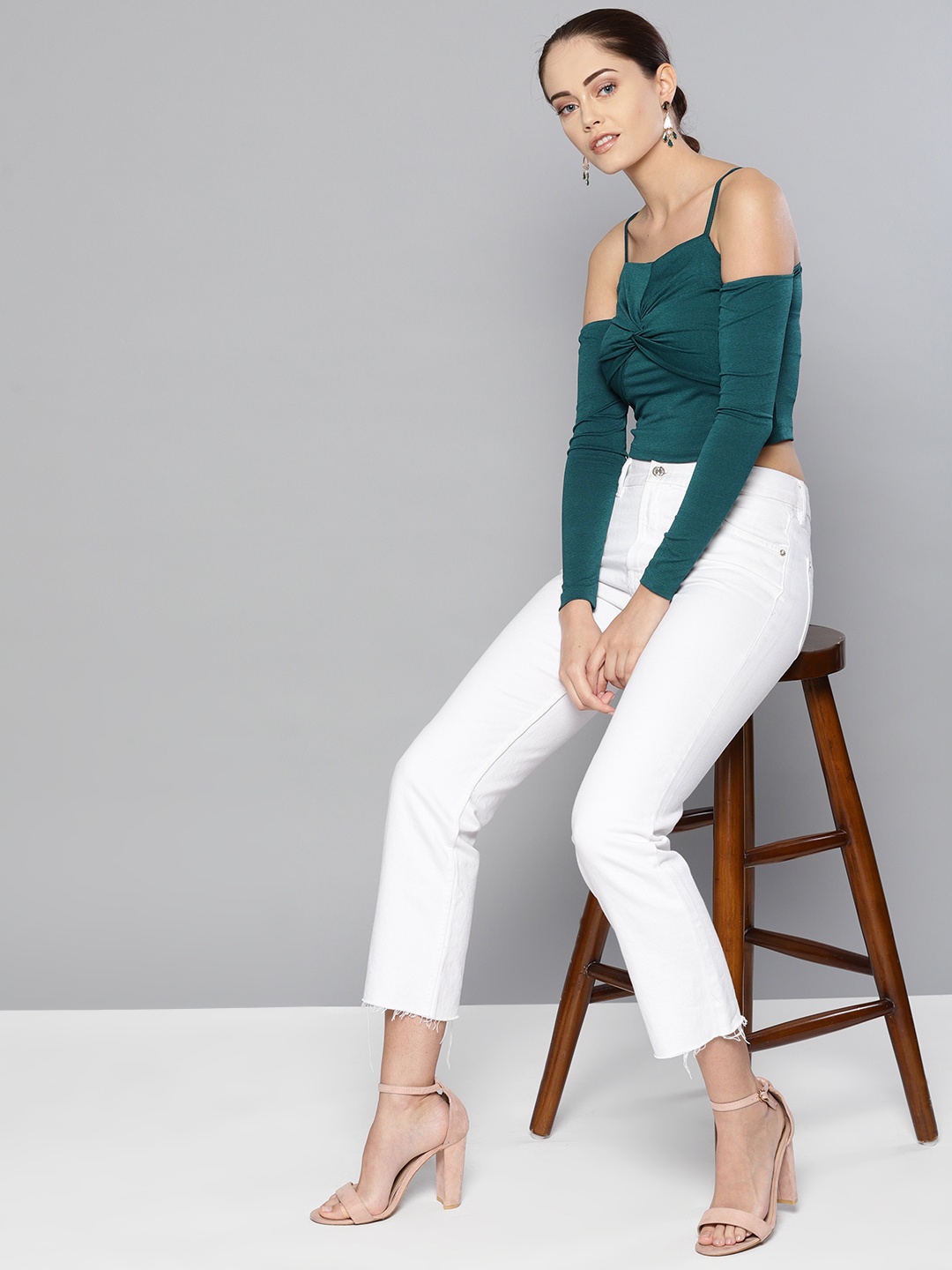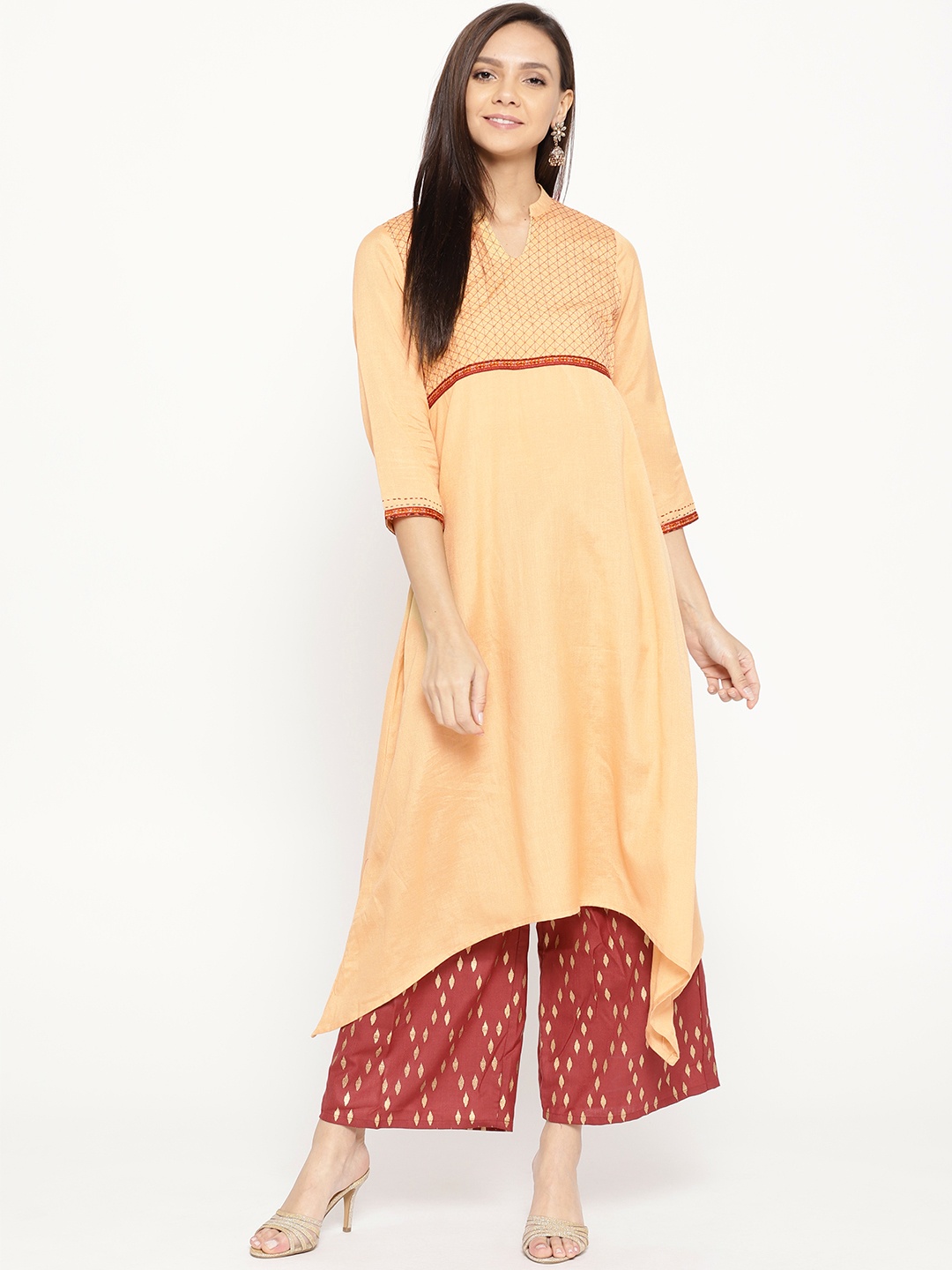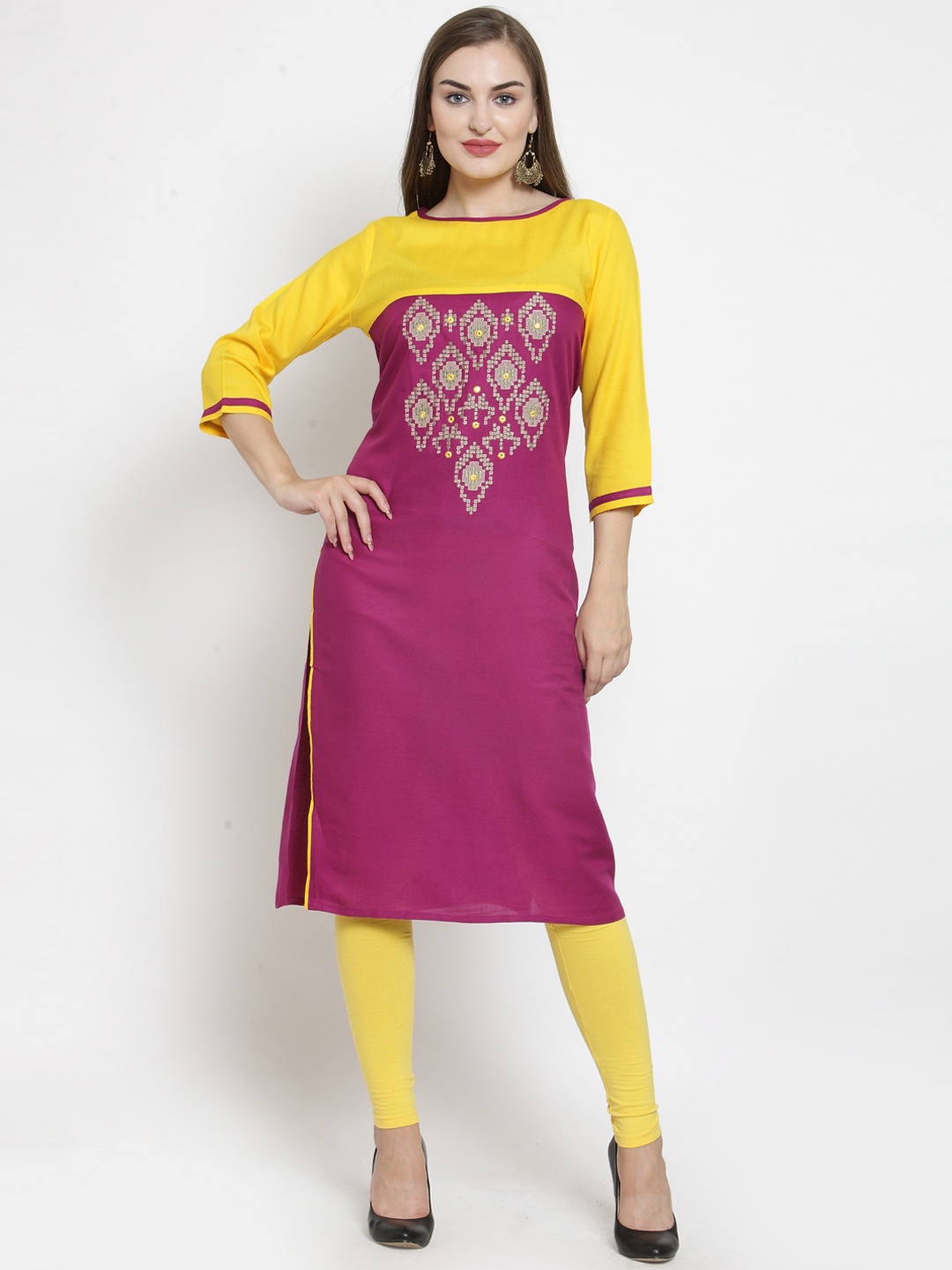How to Choose The Best Flats And Ballerinas for Kids Based On Foot Support
Choosing the right flats and ballerinas for children goes far beyond style. Support, comfort, and growing feet all play a vital role. This is guide for parents who want their kids to walk, hop, dance and zoom around with happy, well-supported feet.

Best Flats And Ballerinas For Kids: How to Choose The Right Pair For Foot Support.
Children rush through life with an energy that can exhaust even the most patient adult in the room. Feet tap restlessly during homework sessions, shoes fly off after school, and little toes wiggle eagerly before heading out for a day packed with adventures. In the middle of this daily chaos sits a simple truth: the right footwear matters. Flats and ballerinas are favourites because they slip on easily and look adorable with traditional wear, dresses, and casual outfits. Yet, beneath the charm, parents often forget how important support can be for growing feet. A cute pair may win hearts, but a supportive pair wins comfort, balance, and healthy development.
This guide helps decode everything that turns everyday ballerinas and flats into footwear that cares for children's feet, whether they're running at the park, attending a family wedding, or practising dance steps at home. So, take a look at how to choose the best flats and ballerinas for kids and that too based on a very important factor - foot support.

How to Choose The Best Flats And Ballerinas for Kids Based On Foot Support; Photo Credit: Flipkart
What to Look For Before Buying Flats And Ballerinas For Kids
1. Understand How Children's Feet Grow
Children's feet grow quickly and surprisingly unpredictably. One month the shoe fits, the next month there's a toe poking forward, demanding more room. This growth needs space, flexibility, and steady support. Bones in the foot stay soft for years, and the wrong pair of footwear can crowd them. That creates discomfort and sometimes changes the way a child walks.
A good pair of flats or ballerinas respects this growth. It offers enough toe space so little toes can spread naturally and balance better. Soft, cushioned soles make every step gentle, especially on hard floors found in schools and malls. Growth also brings curiosity. Kids jump, skip, twist, and run without a second thought. Their shoes must keep up with these sudden movements without squishing their developing feet. A well-designed pair becomes a partner in daily play, supporting the arches and heels without restricting movement. This simple understanding sets the foundation for choosing footwear that grows with the child and not against them.
2. Look for Good Arch Support
Foot arches do more than shape the foot. They absorb shocks, help maintain posture, and give children the balance they need while running or twirling in excitement. Flats and ballerinas with strong arch support reduce strain on small feet. Without it, the feet work extra hard, especially when the child stands for long hours during school events, festivals, or family occasions.
A supportive arch cradles the foot, encouraging proper alignment. Good shoes provide a soft rise in the inner sole, guiding the arch instead of forcing it. Children with mild flat feet benefit greatly from this, as the support helps them stay comfortable during daily activities. Arch support also becomes useful when the footwear is worn on hard ground, which is common in many homes and public spaces. A small rise inside the shoe can feel like a cushion that keeps the foot in a natural position. Over time, this simple feature helps maintain healthy posture and reduces discomfort. When buying ballerinas or flats, parents can press the inner sole gently. If it feels firm yet cushioned under the arch area, it's a good sign the shoe will support the foot properly.
3. Prioritise Heel Cushioning and Stability
Children don't always place their feet gently on the ground. They stomp, bounce, and land with a thud, especially when excited. That's why heel cushioning matters. The heel absorbs most of the impact during walking, and soft padding adds comfort to each step. Good cushioning prevents soreness, especially during long days at school or events where kids stay on their feet for hours.
Stability also plays a key role. Some ballerinas tilt or slip because of smooth soles or a loose structure. This makes children feel wobbly, and in energetic moments, it can lead to trips or awkward steps. A supportive heel cup keeps the foot steady. It gives direction to the step, helping children walk with confidence. Parents should check that the heel cup feels firm and wraps the heel comfortably. Thin, flat soles offer little support and sometimes tire out the feet. A slightly raised cushioned heel works better and distributes pressure. When heel support and cushioning come together, kids move more freely and enjoy longer play without discomfort.
4. Choose Flexible Yet Supportive Soles
Footwear for children needs a balance between softness and structure. Soles that flex smoothly encourage natural foot movement and help develop strength in the foot muscles. Too rigid, and kids struggle to bend their feet while running or sitting cross-legged. Too soft, and the foot receives no support, which reduces stability.
A good sole bends near the toe area but stays supportive around the arch and heel. Parents can test this easily by bending the shoe gently. If it folds only in the front half while staying firm in the middle, it offers the right combination. Anti-skid patterns are also essential. Polished floors at school, shiny tiles in malls, or even smooth marble at home can be slippery. Textured soles improve grip and reduce falls during energetic play. Lightweight soles also make a big difference. Heavy shoes slow children down and affect their gait. A well-designed flat or ballerina feels light, bends naturally, and holds the foot securely. This balance ensures children stay comfortable and safe during all their playful adventures.
Also Read: Winter Clothes For Kids: Tips To Choose Right Size And Fit For Fast-Growing Toddlers
5. Pick Breathable Materials
Active children sweat easily, and feet often end up warm and humid inside shoes. Breathable materials keep sweat under control and avoid discomfort. Fabrics like soft mesh, premium faux leather, or natural leather allow fresh air to move through the shoe. They keep feet cool and reduce the chances of odour, especially during long school days or outdoor trips.
Rigid, plastic-like materials trap heat and cause rashes or redness. Shoes that focus on comfort use inner linings that feel soft against the skin. They prevent friction on sensitive areas like the heel and the sides of the foot. Breathability also helps when shoes are worn with socks in warm weather. Moisture-wicking materials absorb sweat and keep conditions comfortable. Lightweight, airy designs support movement without making the feet feel trapped. Breathable ballerinas also become easier to wear for special functions, festivals, or family gatherings where kids stay active for hours. Choosing airy materials helps maintain freshness while preventing irritation.
6. Check Toe-Box Space
Tiny toes need room to spread, wriggle, and move freely. A small or narrow toe-box squeezes toes together, which leads to discomfort. Many kids kick off their shoes quickly because their toes feel cramped. A spacious toe-box solves this problem. It gives the foot its natural shape and allows better balance.
Parents should check one thumb's space between the longest toe and the front of the shoe. This simple test ensures there's enough growing room without making the shoe too loose. Round-front ballerinas usually offer better space than pointed ones. A comfortable toe-box also reduces the chances of rubbing or blistering. Kids often sit on the floor, fold their legs, or squat during play. When the front of the shoe has enough space, these movements feel easier. Shoes that respect toe movement support long-term foot health. They also help children enjoy activities like dance practice or school games without discomfort from squeezed toes.
7. Choose Soft Inner Linings and Padded Insoles
Comfort begins inside the shoe. Inner linings that feel soft make every step pleasant. Rough or synthetic linings rub against the skin and cause irritation, especially near the heel and sides. Good shoes use smooth materials that reduce friction. Padded insoles add another layer of comfort. They distribute pressure and make daily walking easier.
Children spend hours on their feet, whether they're walking to class, exploring the park, or moving around at home. Soft cushioning supports the foot's natural curves. It reduces the pressure created on hard floors and prevents soreness. Memory foam designs offer extra comfort because they shape themselves gently to the foot. Some ballerinas include two-layer padding which helps during long wear. Good cushioning also prevents foot fatigue during festivals, weddings, or busy family gatherings where kids stay active for long stretches. When the inside of the shoe feels gentle, the child enjoys longer play without discomfort.

How to Choose The Best Flats And Ballerinas for Kids Based On Foot Support
Photo Credit: Flipkart
8. Check the Closure Style for Secure Fit
Slip-on ballerinas may look cute, but they sometimes slide off during active movement. A secure closure keeps the shoe in place. Options like elastic straps, hook-and-loop closures, or adjustable buckles ensure the shoe hugs the foot properly. This reduces the chances of trips and helps kids run more confidently.
Elastic straps work well for younger children because they stretch easily and hold the foot without tightness. Hook-and-loop styles offer a snug, customised fit. Buckles work for festive pairs and give a polished look for special occasions. The aim is simple: the shoe shouldn't slip off or feel too tight. Shoes that stay secure improve balance during running, hopping, or dancing. A well-chosen closure style avoids the frustration of shoes that fall off mid-play. This tiny detail contributes greatly to comfort and safety during daily activities.
9. Consider Everyday Practicality
Stylish ballerinas make outfits look pretty, but practicality determines whether a child actually enjoys wearing them. First, shoes must be easy to clean. Mud, dust, food spills, and glitter mysteriously find their way onto children's shoes. Easy-wipe surfaces save effort and make the pair last longer.
Daily wear also calls for durability. A good pair doesn't collapse or lose shape within weeks. Children jump, skid, dance, and twist without warning. Their footwear needs to survive this playful chaos. Soft, flexible designs with reinforced stitching stay strong for everyday use. The shoe should also be easy to wear. Kids often hurry in the morning, so a pair they can slip on quickly helps. Weight matters too. Lightweight designs help maintain natural movement. When shoes feel light and sturdy, they join children on every adventure, from school corridors to evening play sessions. Practical choices blend comfort, strength, and style in one reliable package.
10. Keep Style, Budget, and Occasion in Balance
Fashion delights children, especially when sparkles, bows, or colourful prints appear. Yet style must work alongside comfort. Flats and ballerinas come in countless designs, and it helps to choose a pair that suits the child's daily routine. Everyday use calls for simple, sturdy designs. Festive occasions welcome glitter, embroidery, or metallic colours.
Budget also plays a big role. Prices vary widely, from simple pairs to premium designs. A comfortable, supportive pair can still stay affordable. Parents can find good options around ₹500–₹1500 that offer excellent support and durability. Premium pairs above this range usually include advanced padding, better materials, and longer life. The aim is to strike a balance between comfort, style, and value. Kids love shoes that look attractive, and parents appreciate shoes that keep feet happy. When style meets comfort, a pair becomes more than an accessory—it becomes a trusted companion for little feet.

How to Choose The Best Flats And Ballerinas for Kids Based On Foot Support
Photo Credit: Flipkart
Products Related To This Article
1. Mukunda Footwear Slip on Ballerinas For Girls
2. Edee Velcro Ballerinas For Girls
3. LEVOT Velcro Ballerinas For Girls
4. Edee Velcro Ballerinas For Girls
5. Mukunda Footwear Slip on Ballerinas For Girls
Choosing the right flats and ballerinas for children goes beyond colour and shine. Foot support, comfort, and healthy development matter more than anything. A well-designed pair offers enough toe space, breathable materials, cushioning, arch support, and a secure fit. These features help children move freely and enjoy their daily adventures without discomfort. With thoughtful choices, parents can ensure their kids walk confidently, play joyfully, and grow with happy, supported feet.
(Disclaimer: This article may include references to or features of products and services made available through affiliate marketing campaigns. NDTV Convergence Limited (“NDTV”) strives to maintain editorial independence while participating in such campaigns. NDTV does not assume responsibility for the performance or claims of any featured products or services.)
























